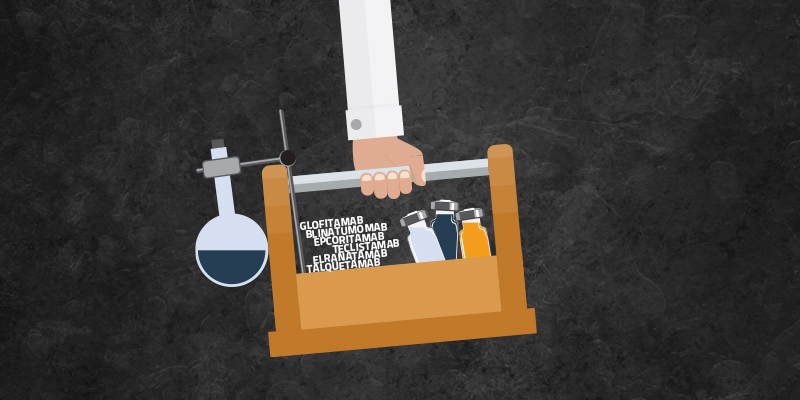
Many of the recent new drug approvals for patients with hematologic malignancies are providing novel options for these diseases and shifting the treatment landscape away from existing standards of care. One of the drug classes that has seen a myriad of US Food and Drug Administration (FDA) approvals is bispecific antibodies, drugs composed of two monoclonal antibodies engineered to bind to two different antigens or two different epitopes on the same antigen.
The first FDA-approved T cell-engaging bispecific antibody was blinatumomab, which was given accelerated approval for the treatment of Philadelphia (Ph) chromosome-negative relapsed or refractory B-cell precursor acute lymphoblastic leukemia (ALL) in 2014.1
Since then, blinatumomab has gained full approval for this indication and expanded its indications into other disease settings. In 2023, blinatumomab is just one of many bispecific antibodies available to treat hematologic malignancies.
Blood Cancers Today recently spoke with some experts involved in the studies of these drugs to explore how they gained approval and how they will be incorporated into the real-world treatment of these conditions.
Blinatumomab
Almost a decade after receiving its first FDA approval, blinatumomab received full FDA approval for measurable residual disease (MRD)-positive B-cell precursor ALL in June.2 Blinatumomab was granted accelerated approval for this indication in 2018,3 in addition to full approval for relapsed or refractory ALL in adults and children with Ph-negative and Ph-positive disease in 2017.4
“A majority of patients with ALL relapse after multiagent frontline therapy, and this relapse is driven by some persistent disease called MRD,” said Elias Jabbour, MD, a Professor of Medicine at the University of Texas MD Anderson Cancer Center. “Historically, patients with persistent disease or those [who have] MRD had a survival of about 12 months on average.”
This most recent indication is designed to target that MRD. Initially, blinatumomab was tested in a small German study of 20 patients with ALL and MRD persistence that showed the drug to be effective, with 16 of 20 patients becoming MRD-negative after treatment.5
That study prompted the pivotal phase III BLAST trial, which treated patients with ALL in first or second complete remission (CR) with MRD measured at 10−3 with blinatumomab; 78% of patients achieved MRD negativity. Median overall survival (OS) was 36.5 months.6
Blinatumomab was also granted marketing authorization in the European Union based on these results.7
The FDA’s full approval, which came in 2023, was granted with additional data from two trials. The Children’s Oncology Group ALL1331 study of blinatumomab in children, adolescents, and young adults showed no significant difference in disease-free survival (DFS) or OS between blinatumomab and standard chemotherapy overall, but it did show significant improvement in DFS and OS in 72.7% of patients with bone marrow and extramedullary relapse treated with blinatumomab.8 Study 20120215 showed that blinatumomab significantly improved event-free survival compared with conventional chemotherapy in pediatric patients with high-risk B-cell ALL at first relapse.9
“This is the first and only FDA-approved drug for MRD-positive disease,” Dr. Jabbour said.
Real-world data support the uptake and use of blinatumomab for patients with MRD-positive ALL. The retrospective, observational NEUF study out of Europe looked at blinatumomab in patients with CR with MRD-positive disease measured at 10−4. Data showed that 93% of patients with Ph-negative disease and 64% with Ph-positive disease achieved an MRD response; median OS was not reached.10 Dr. Jabbour and colleagues confirmed the efficacy of blinatumomab in patients with MRD-positive B-cell ALL (defined as 10−4) with an MRD conversion rate of 73% and a three-year OS rate of 67%.11
“Giving blinatumomab for MRD at 10−4 is considered off-label use,” Dr. Jabbour clarified. “The approval is at 10−3 so payers may limit use to the label, which could be problematic.”
Amgen is currently providing a Humanitarian Access Program that will donate blinatumomab to pediatric patients at designated hospitals in India and Pakistan,12 and research is being done to help develop a model that can be used to support the implementation of blinatumomab in low- and middle-income countries.13
Glofitamab and Epcoritamab
In back-to-back accelerated approvals in May and June, the FDA added two more bispecific antibodies to the armamentarium for B-cell lymphoma.
Epcoritamab-bysp—often referred to as “epco”—was approved for relapsed or refractory diffuse large B-cell lymphoma (DLBCL) not otherwise specified.14 The drug is not yet approved in the European Union but did receive a positive opinion from the European Medicines Agency Committee for Medicinal Products for Human Use.15
Epcoritamab, a CD20-directed CD3 T-cell engager, was granted approval based on EPCORE NHL-1, a single-arm trial of 148 patients with relapsed or refractory DLBCL with two or more prior lines of therapy. The overall response rate (ORR) was 61%, with 38% of patients achieving CR. With a median follow-up of 9.8 months, the estimated median duration of response was 15.6 months.14
“The follow-up is still short, so time will tell if the durable remissions plateau, like what we have seen with CAR T-cell therapy in DLBCL, or if patients relapse and need another treatment,” said Tycel Phillips, MD, an Associate Professor at the City of Hope Comprehensive Cancer Center in Duarte, California.
According to Dr. Phillips, the full approval of epcoritamab will be tied to results of several randomized trials comparing the drug with standard-of-care regimens. He did acknowledge that the standard-of-care arms will be harder to accrue to in the United States.
“It is going to take some time to see how this drug plays out in nontrial patients,” Dr. Phillips said. “I suspect we may see some decline in efficacy reported because, more than likely, a lot of patients will be post-CAR T-cell therapy. I suspect that this will occur because: (a) in the trial they had a lower CR rate of 28% versus 38%, and (b) a lot of the patients who will get this drug initially would not have qualified for the trial.”
Clinicians unfamiliar with epcoritamab should be aware that patients may experience cytokine release syndrome (CRS) with the third dose. The drug is administered subcutaneously and given with step-up dosing in cycle one (0.16 mg on day one, 0.8 mg on day eight, and 48 mg on days 15 and 22). The FDA advised that patients be hospitalized for 24 hours after the much larger cycle one, day 15 dosage of 48 mg.
It also remains to be seen how epcoritamab ultimately will be sequenced, Dr. Phillips said, because currently, CAR T-cell therapy is curative and has an OS benefit in the second-line setting, so epcoritamab for now will be reserved for patients in the third-line or later setting.
This approach could change as more data emerge about durability of response to bispecific antibodies in this patient population, he acknowledged, given that bispecifics likely will have a larger reach than CAR-T once the drugs are adopted by community physicians. Additionally, with several trials looking at bispecifics in frontline DLBCL, we may have to rethink the current discussion about how to sequence bispecifics and CAR T-cell therapy.
Another CD20-directed CD3 T-cell engager, glofitamab, was approved in Canada in March and received accelerated approval by the FDA in July.16,17 The approvals were based on the single-arm NP30179 trial, which included 132 patients, 20% of whom had DLBCL arising from follicular lymphoma. The ORR was 56%, with 43% of patients achieving CR. With a median follow-up of 11.6 months, the estimated median duration of response was 18.4 months.17
“This is very clinically significant in this patient cohort and not really achievable with other drugs out there, with the exception of CAR T-cell therapy,” said Michael Dickinson, MBBS, of the Peter MacCallum Cancer Centre in Melbourne, Australia.
In Australia, glofitamab has been approved by the Therapeutic Goods Administration but is not funded by the national insurer. Glofitamab is available through clinical trials, Dr. Dickinson said.
Real-world data on glofitamab are sparse as it has only just come to market.
“I would say, though, that the hematology community is broadly very persuaded that as a class of agents bispecific antibodies are highly active in DLBCL,” Dr. Dickinson said. “Glofitamab and similar drugs are the most potent antilymphoma single agents we have seen for years and years.”
The STARGLO study is evaluating glofitamab in combination with gemcitabine and oxaliplatin compared with rituximab, gemcitabine, and oxaliplatin. There are also plans to explore glofitamab in combination with Pola-R-CHP for frontline therapy in DLBCL.
Like epcoritamab, glofitamab is also associated with CRS, with 70% of patients on the NP30179 trial experiencing any grade CRS. Also given with a step-up dosing schedule (2.5 mg on day eight of cycle one and 10 mg on day 15 of cycle one), then 30 mg on day one of each subsequent cycle for a maximum of 12 cycles, patients should be hospitalized for the first dose and the second dose if any CRS occurs with the 2.5-mg dose.
“With glofitamab, another thing to understand as compared with epcoritamab is the intravenous delivery and single dose of obinutuzumab as prophylaxis against CRS,” Dr. Dickinson said. “Although it doesn’t sound intuitive, the key thing to understand is that the corticosteroid load as prophylaxis against CRS is lower than other bispecific antibodies and the number of visits to the hospital is lower.”
Additionally, glofitamab has been developed as a fixed-course treatment.
“The philosophical view is that patients like to see a horizon for their anticancer treatment,” Dr. Dickinson said. “For me as a clinician, that is very attractive.”
The Myeloma Bispecifics
In August, talquetamab-tgvs—a bispecific antibody directed against CD3 and GPRC5D—received FDA accelerated approval and European Commission Conditional Marketing Authorization for patients with relapsed or refractory multiple myeloma (MM) who have had at least four prior lines of therapy.18,19 These approvals were based on data from the phase I/II MonumenTAL-1 study.
Carolina Schinke, MD, an Associate Professor of Medicine at the Myeloma Center at the University of Arkansas for Medical Sciences, and colleagues participated in the phase II portion of the trial that treated patients with subcutaneous talquetamab 0.8 mg/kg biweekly or 0.4 mg/kg weekly with step-up dosing.20
Updated results showed an ORR of 71.7% in patients treated with the 0.8-mg/kg dose, with 60.7% achieving very good partial response (VGPR). With the 0.4-mg/kg dose, the ORR was 74.1% with a VGPR rate of 59.4%.
“With a median follow-up of nearly one year, the median duration of response was not reached in the 0.8-mg/kg biweekly group,” Dr. Schinke said. “This is quite impressive for a single agent in this very heavily pretreated population.”
It is too soon to know how this drug will be used in the clinic, for most patients will likely have already had BCMA-directed therapy before going to talquetamab. At the time of the interview, Dr. Schinke said most centers likely did not even have access to talquetamab yet.
“There is a lot of regulatory and administrative work that needs to be completed before it can start being administered. We anticipate being able to start [using] it in the next two to three weeks,” Dr. Schinke said when she spoke to Blood Cancers Today.
It also remains to be seen how talquetamab will be incorporated with other MM treatments, including the CD3×BCMA-targeting bispecific antibody teclistamab. Granted accelerated approval for relapsed or refractory MM in October 2022,21 teclistamab has been in the hands of clinicians for about seven or eight months longer than talquetamab, Dr. Schinke noted.
“Being the first to market means that people may be more comfortable using teclistamab,” Dr. Schinke said. “That is always an advantage, even though both drugs are very effective.”
Teclistamab was approved based on results of the MajesTEC-1 study that yielded an ORR of 63.0%, with 39.4% of patients having CR or better and 26.7% with MRD-negative disease.22 Long-term follow-up data showed 43% of patients with CR or better, a median PFS of 12.5 months, and a median OS of 21.9 months.23
“What we will want to know in the future is which to use first and how to use them sequentially,” Dr. Schinke said. Those answers will depend, at least in part, on the side effect profile, she said.
Talquetamab has a unique adverse event (AE): dysgeusia, or loss of taste.
“It is quite unique in that no other drugs for myeloma have that side effect,” Dr. Schinke said. “It is not life-threatening—most patients are able to eat—but the fact that they can’t taste food has an impact on life quality.”
Anecdotally, Dr. Schinke said she has had patients start talquetamab and because of the impressive response tolerated the dysgeusia, but once they were on it longer and were in remission, the side effect became more bothersome.
“As a clinician, if you already have a patient who is quite skinny and they have to start this drug that could have the potential for weight loss, you may not choose talquetamab,” Dr. Schinke said.
With teclistamab, high rates of infection were seen in clinical trials. In MajesTEC-1, more than three-quarters of patients experienced infection, with 44.8% of infections being grade 3 or 4.
“We did not see that high rate of infection with talquetamab,” Dr. Schinke said. “In this case, if you have a patient already prone to infection, you might be more careful about using teclistamab and opt for talquetamab.”
Real-world data on the use of teclistamab are already underway, Dr. Schinke said, particularly looking at prophylactic methods to mitigate risk of infection.
Additionally, because the two drugs have different targets, studies are also looking at the feasibility of combining teclistamab and talquetamab. RedirecTT-1 combined teclistamab and talquetamab in 63 patients with relapsed or refractory MM. In all evaluable patients, the ORR was 84%, with a CR rate of 34%. At the established phase II dose, the ORR was 92%. Encouragingly, the ORR in patients with extramedullary disease was 73%.24
Clinicians administering the drugs should be familiar with the possibility of CRS seen with these two drugs.
“Despite lower rates and less severity than what is seen with CAR T-cell therapy, clinicians have to know that CRS can occur, and patients need to be monitored,” Dr. Schinke said. “Step-up dosing for talquetamab is used, with the first dose given in-hospital before transitioning to an outpatient setting.”
Elranatamab
Talquetamab was not the only bispecific antibody approved for myeloma in August. Elranatamab-bcmm was also granted an accelerated approval for adults with relapsed or refractory MM who have had at least four prior lines of therapy and prior treatment, including a proteasome inhibitor, an immunomodulatory agent, and an anti-CD38 monoclonal antibody.25 Like teclistamab, elranatamab is also a CD3×BCMA-targeting compound.
“Both teclistamab and elranatamab are BCMA-targeting, and both are approved for the same indication,” said Ajay Nooka, MD, MPH, a Professor and Director of the Myeloma Program in the Department of Hematology and Medical Oncology at Emory University School of Medicine.
Elranatamab was approved based on results of the single-arm MagnetisMM-3 study that measured the drug’s efficacy in patients naive to prior BCMA-directed therapy or those with at least four prior lines. The ORR was 61%, with an 84% probability of maintaining response at nine months.26
According to Dr. Nooka, elranatamab has a similar AE profile to teclistamab, including risk for CRS, neurotoxicity, infection, and cytopenia. The main difference between the two relates to the Risk Evaluation and Mitigation Strategy.
With the administration of teclistamab, given at 0.06 mg/kg on day one, 0.3 mg/kg on day four, and 1.5 mg/kg on day seven, it is recommended that patients be hospitalized for 48 hours after administration of all doses within the step-up dosing schedule.
The step-up dosing of elranatamab is 12 mg on day one, then 32 mg on day four, followed by the first treatment dose of 76 mg on day eight. Hospitalization is required for 48 hours after the first dose and 24 hours after the second dose.
“The third dose—or target dose—can be given as an outpatient,” Dr. Nooka said.
Looking to the future, Dr. Nooka expects that administration of elranatamab will only get safer as clinicians continue to learn how to better mitigate CRS, neurotoxicity, and infections.
“The greatest use of elranatamab will hopefully be in the community and not in academic centers,” Dr. Nooka said. “We want to be able to treat these patients nearer to home with their local oncologist. We need to put our effort into learning how to do that in a safer way.”
Leah Lawrence is a freelance health writer and editor based in Delaware.
References
- FDA approves BLINCYTO™ (blinatumomab) immunotherapy for the treatment of relapsed or refractory B-cell precursor acute lymphoblastic leukemia. Amgen. December 3, 2014. Accessed September 21, 2023. https://www.amgen.com/newsroom/press-releases/2014/12/fda-approves-blincyto-blinatumomab-immunotherapy-for-the-treatment-of-relapsed-or-refractory-bcell-precursor-acute-lymphoblastic-leukemia
- FDA grants full approval for BLINCYTO® (blinatumomab) to treat minimal residual disease-positive B-cell precursor acute lymphoblastic leukemia. Amgen. June 21, 2023. Accessed September 21, 2023. https://www.amgen.com/newsroom/press-releases/2023/06/fda-grants-full-approval-for-blincyto-blinatumomab-to-treat-minimal-residual-diseasepositive-bcell-precursor-acute-lymphoblastic-leukemia
- FDA granted accelerated approval to blinatumomab (Blincyto, Amgen Inc.) for the treatment of adult and pediatric patients with B-cell precursor acute lymphoblastic leukemia. US Food and Drug Administration. March 29, 2018. Accessed September 21, 2023. https://www.fda.gov/drugs/resources-information-approved-drugs/fda-granted-accelerated-approval-blinatumomab-blincyto-amgen-inc-treatment-adult-and-pediatric
- FDA grants regular approval to blinatumomab and expands indication to include Philadelphia chromosome-positive B cell. US Food and Drug Administration. July 12, 2017. Accessed September 21, 2023. https://www.fda.gov/drugs/resources-information-approved-drugs/fda-grants-regular-approval-blinatumomab-and-expands-indication-include-philadelphia-chromosome
- Topp MS, Kufer P, Gökbuget N, et al. Targeted therapy with the T-cell-engaging antibody blinatumomab of chemotherapy-refractory minimal residual disease in B-lineage acute lymphoblastic leukemia patients results in high response rate and prolonged leukemia-free survival. J Clin Oncol. 2011;29(18):2493-2498. doi:10.1200/JCO.2010.32.7270
- Gökbuget N, Dombret H, Bonifacio M, et al. Blinatumomab for minimal residual disease in adults with B-cell precursor acute lymphoblastic leukemia. Blood. 2018;131(14):1522-1531. doi:10.1182/blood.2019001109
- EMA adopts a new indication for blinatumomab. ESMO. November 20, 2018. Accessed September 21, 2023. https://www.esmo.org/oncology-news/archive/ema-adopts-a-new-indication-for-blinatumomab
- Hogan LE, Brown PA, Ji L, et al. Children’s Oncology Group AALL1331: phase III trial of blinatumomab in children, adolescents, and young adults with low-risk B-cell ALL in first relapse. J Clin Oncol. 2023;41(25):4118-4129. doi:10.1200/JCO.22.02200
- Locatelli F, Zugmaier G, Rizzari C, et al. Effect of blinatumomab vs chemotherapy on event-free survival among children with high-risk first-relapse B-cell acute lymphoblastic leukemia. A randomized clinical trial. JAMA. 2021;325(9):843-854. doi:10.1001/jama.2021.0987
- Boissel N, Chiaretti S, Papayannidis C, et al. Real-world use of blinatumomab in adult patients with B-cell acute lymphoblastic leukemia in clinical practice: results from the NEUF study. Blood Cancer J. 2023. doi:10.1038/s41408-022-00766-7
- Jabbour EJ, Short NJ, Jain N, et al. Blinatumomab is associated with favorable outcomes in patients with B-cell lineage acute lymphoblastic leukemia and positive measurable residual disease at a threshold of 10−4 and higher. Am J Hematol. 2022;97(9):1135-1141. doi:10.1002/ajh.26634
- Improving global access to medicine for pediatric cancer patients. Amgen. April 20, 2021. Accessed September 21, 2023. https://www.amgen.com/stories/2021/04/improving-global-access-to-medicine-for-pediatric-cancer-patients
- Duffy C, Santana V, Inaba H, et al. Evaluating blinatumomab implementation in low- and middle-income countries: a study protocol. Implement Sci Commun. 2022;3(1):62. doi:10.1186/s43058-022-00310-5
- FDA grants accelerated approval to epcoritamab-bysp for relapsed or refractory diffuse large B-cell lymphoma and high-grade B-cell lymphoma. US Food and Drug Administration. May 19, 2023. Accessed September 21, 2023. https://www.fda.gov/drugs/drug-approvals-and-databases/fda-grants-accelerated-approval-epcoritamab-bysp-relapsed-or-refractory-diffuse-large-b-cell
- AbbVie receives positive CHMP opinion for epcoritamab (TEPKINLY®) for the treatment of adults with relapsed/refractory diffuse large B-cell lymphoma (DLBCL). Abbvie. July 21, 2023. Accessed September 21, 2023. https://news.abbvie.com/news/press-releases/abbvie-receives-positive-chmp-opinion-for-epcoritamab-tepkinly-for-treatment-adults-with-relapsedrefractory-diffuse-large-b-cell-lymphoma-dlbcl.htm
- COLUMVI (glofitamab for injection) receives Health Canada authorization with conditions for adult patients with relapsed or refractory diffuse large B-cell lymphoma. Roche Canada. March 25, 2023. Accessed September 21, 2023. https://www.rochecanada.com/en/media/roche-canada-news/COLUMVI-Glofitamab-for-Injection-Receives-Health-Canada-Authorization.html
- FDA grants accelerated approval to glofitamab-gxbm for selected relapsed or refractory large B-cell lymphomas. US Food and Drug Administration. June 16, 2023. Accessed September 21, 2023. https://www.fda.gov/drugs/drug-approvals-and-databases/fda-grants-accelerated-approval-glofitamab-gxbm-selected-relapsed-or-refractory-large-b-cell
- FDA grants accelerated approval to talquetamab-tgvs for relapsed or refractory multiple myeloma. US Food and Drug Administration. August 10, 2023. Accessed September 21, 2023. https://www.fda.gov/drugs/resources-information-approved-drugs/fda-grants-accelerated-approval-talquetamab-tgvs-relapsed-or-refractory-multiple-myeloma
- European Commission approves TALVEY® (talquetamab), Janssen’s novel bispecific therapy for the treatment of patients with relapsed and refractory multiple myeloma. Johnson & Johnson. August 22, 2023. Accessed September 21, 2023. https://www.jnj.com/european-commission-approves-talvey-talquetamab-janssens-novel-bispecific-therapy-for-the-treatment-of-patients-with-relapsed-and-refractory-multiple-myeloma
- Schinke CD, Touzeau C, Minnema MC, et al. Pivotal phase 2 MonumenTAL-1 results of talquetamab (tal), a GPRC5DxCD3 bispecific antibody (BsAb), for relapsed/refractory multiple myeloma (RRMM). J Clin Oncol. 2023. doi:10.1200/JCO.2023.41.16_suppl.8036
- FDA approves teclistamab-cqyv for relapsed or refractory multiple myeloma. US Food and Drug Administration. October 25, 2022. Accessed September 21, 2023. https://www.fda.gov/drugs/resources-information-approved-drugs/fda-approves-teclistamab-cqyv-relapsed-or-refractory-multiple-myeloma
- Moreau P, Garfall AL, van de Donk NWCJ, et al. Teclistamab in relapsed or refractory multiple myeloma. N Engl J Med. 2022;387:495-505. doi:10.1056/NEJMoa2203478
- van de Donk NWCJ, Moreau P, Garfall AL, et al. Long-term follow-up from MajesTEC-1 of teclistamab, a B-cell maturation antigen (BCMA) x CD3 bispecific antibody, in patients with relapsed/refractory multiple myeloma (RRMM). J Clin Oncol. 2023. doi:10.1200/JCO.2023.41.16_suppl.8011
- Mateos MV, Morillo D, Gatt M, et al. First results from the REDIRECTT-1 study with teclistamab (tec) + talquetamab (tal) simultaneously targeting BCMA and GPRC5D in patients (pts) with relapsed/refractory multiple myeloma (RRMM). Abstract S190. Presented at the European Hematology Association 2023 Congress; June 10, 2023; Frankfurt, Germany.
- FDA grants accelerated approval to elranatamab-bcmm for multiple myeloma. US Food and Drug Administration. August 14, 2023. Accessed September 21, 2023. https://www.fda.gov/drugs/resources-information-approved-drugs/fda-grants-accelerated-approval-elranatamab-bcmm-multiple-myeloma
- Pfizer presents updated favorable elranatamab data from pivotal phase 2 MagnetisMM-3 trial. Pfizer. December 10, 2022. Accessed September 21, 2023. https://www.pfizer.com/news/press-release/press-release-detail/pfizer-presents-updated-favorable-elranatamab-data-pivotal
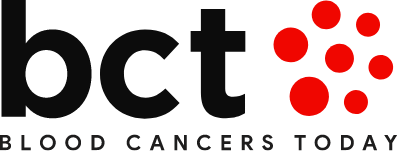
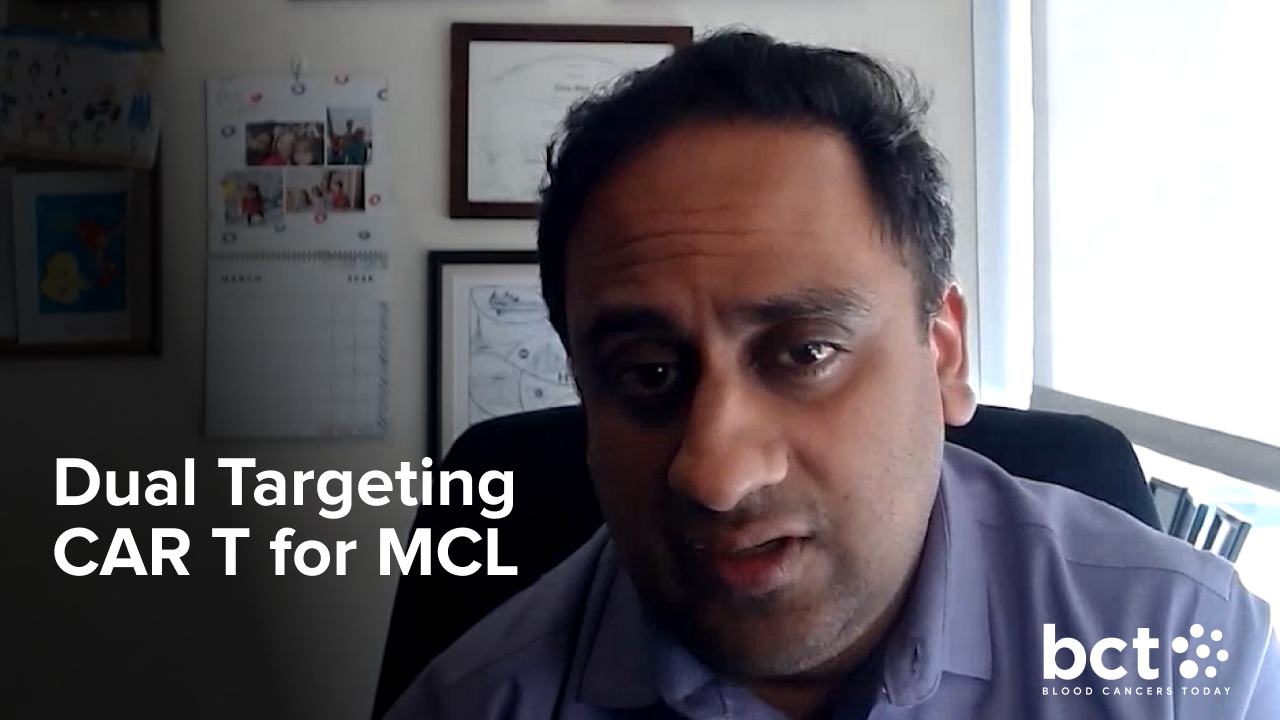

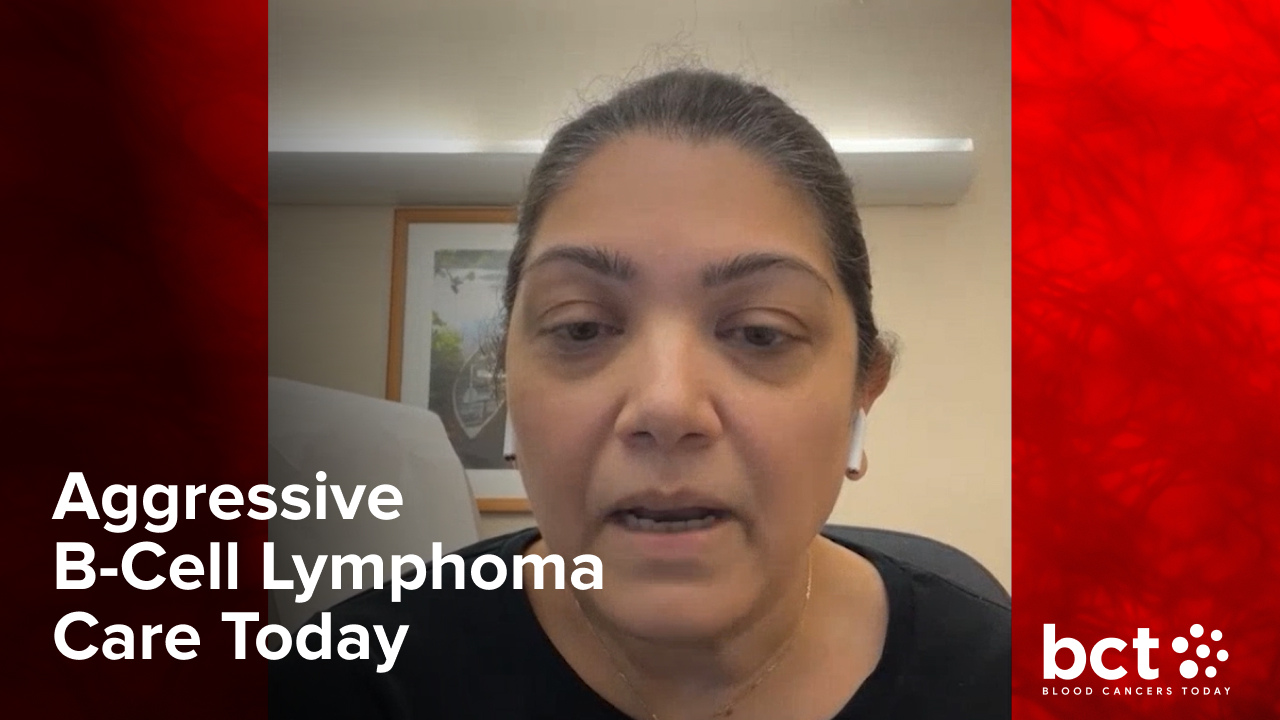

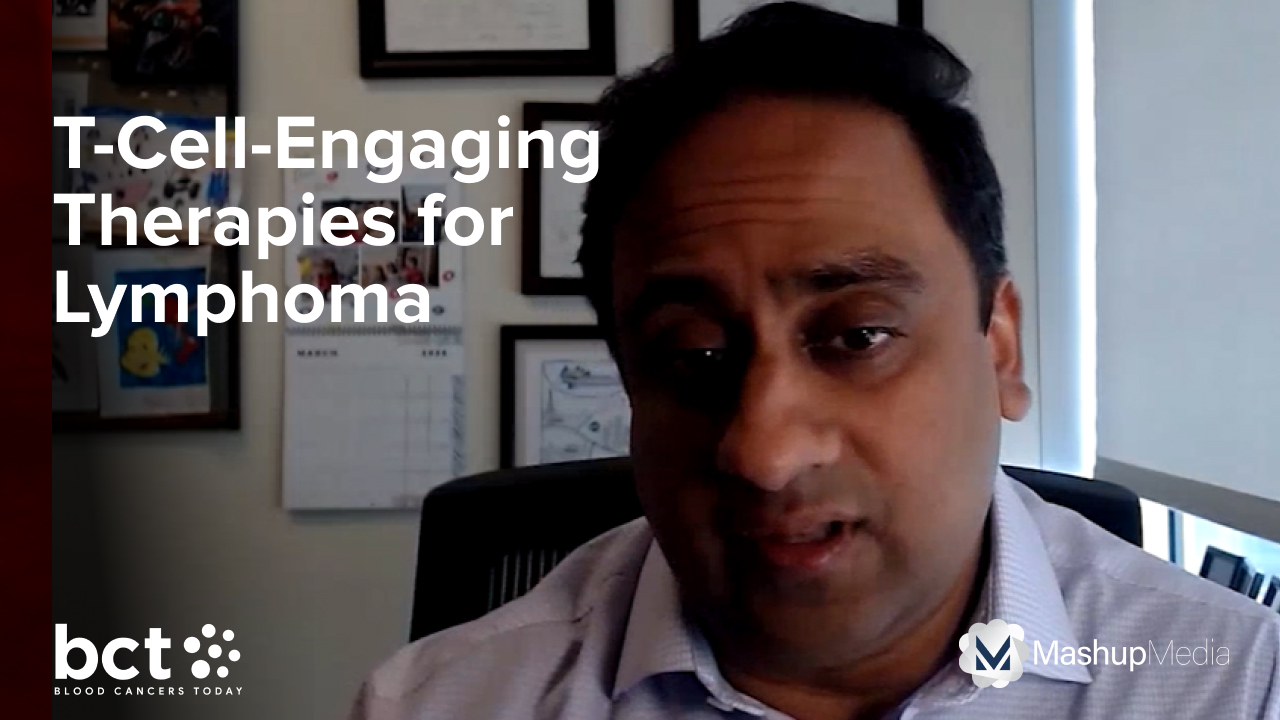
 © 2025 Mashup Media, LLC, a Formedics Property. All Rights Reserved.
© 2025 Mashup Media, LLC, a Formedics Property. All Rights Reserved.